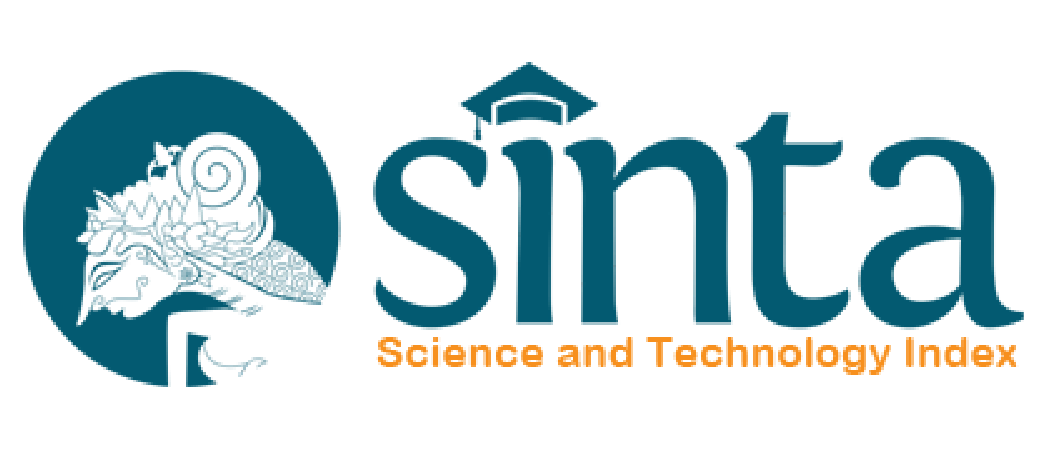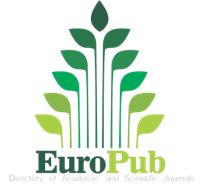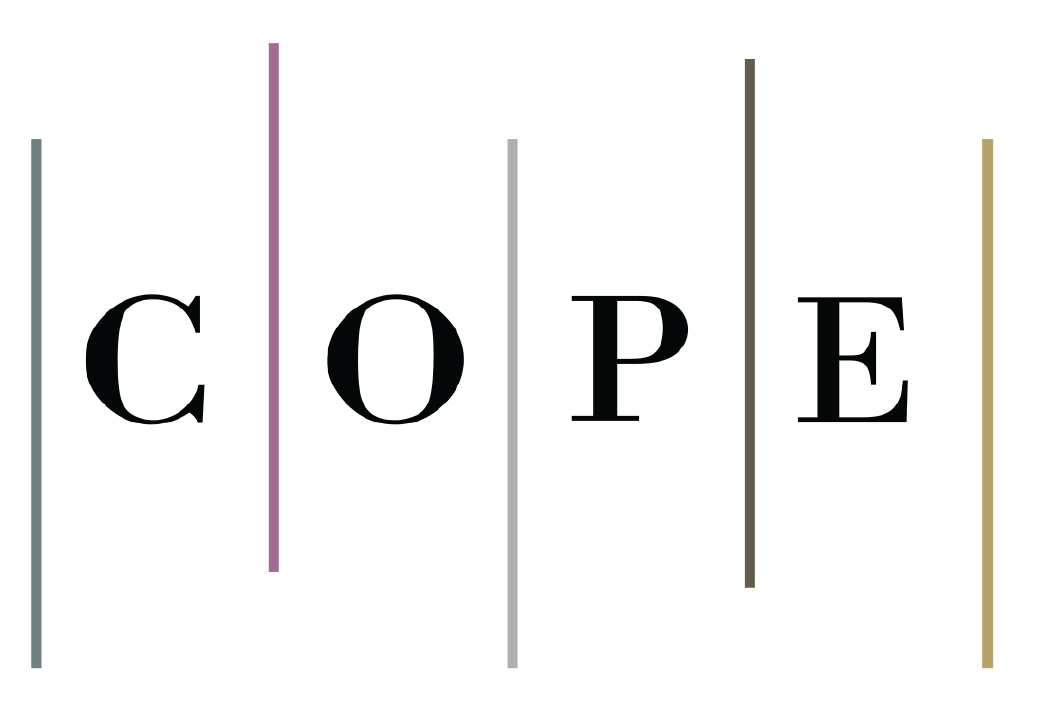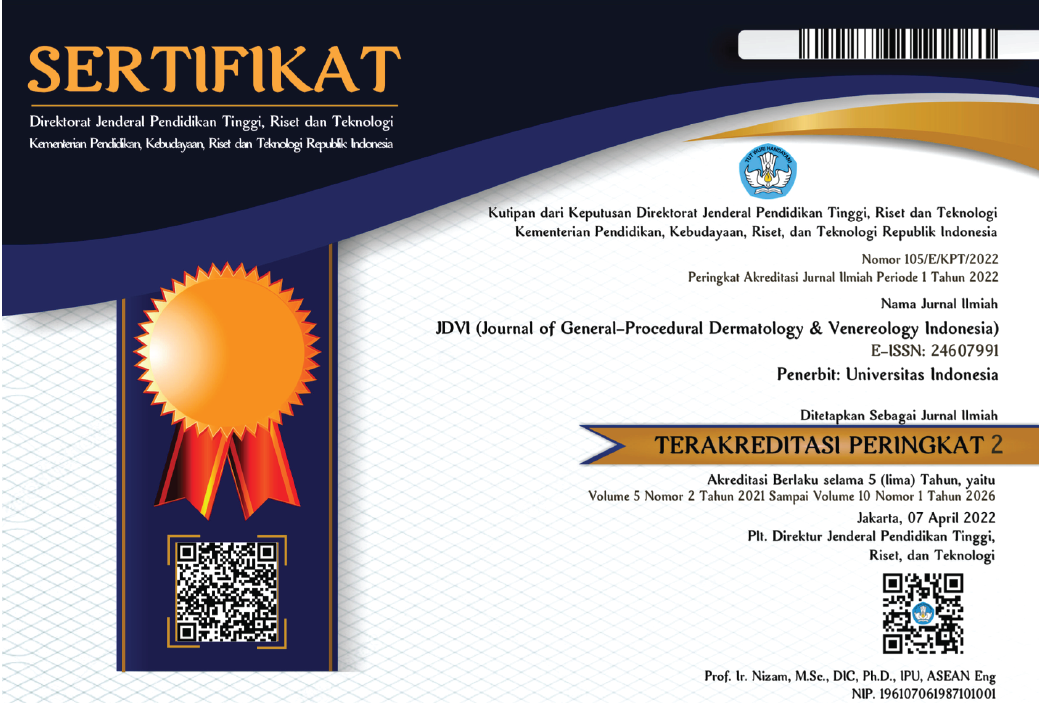Abstract
Background: Dermatophytosis is a superficial (skin, hair and nails) fungal infection caused by dermatophyte group fungi (Trichophyton, Epidermophyton and Microsporum). Immunocompromised conditions cause fungal infections to become more widespread and require consideration of therapy.
Case Illustration: This case series represented three cases of tinea corporis and tinea cruris in patients with comorbidities. The first case was tinea corporis and tinea cruris in a patient with congestive heart failure with oral terbinafine therapy. The second case was tinea corporis and tinea cruris in a patient with bilateral fourth degree hydronephrosis with oral griseofulvin therapy. The third case was tinea corporis in a patient with autoimmune hemolytic anemia with oral itraconazole therapy. A two-week post-systemic antifungal evaluation gave good results in all of the patients.
Discussion: Selection of antifungals in dermatophytosis cases considering the patient's condition (contraindications and side effects that can be caused) provides a good outcome in patients with comorbidities.
Conclusion: Dermatophytosis (tinea corporis and tinea cruris) is common in immunocompromised patients. This is due to decreased immunity causing dermatophytes to develop easily on the skin. Selection of the right therapy, considering comorbid conditions is important in order to get the best results for the patients.
References
- Craddock, L.N., Schieke, S.M. Superficial Fungal Infection. In: Kang S, Amagai M, Bruckner AL, Enk A.H, Margolis D.J, McMichael, A.J et al. Fitzpatrick’s Dermatology in General Medicine. 9th ed. McGraw Hill; 2019.p.395-413
- Havlickova B, Czaika VA, Friedrich M. Epidemiological trends in skin mycoses worldwide. Mycoses. 2008;51(suppl 4):2.
- Perhimpunan Dokter Spesialis Kulit dan Kelamin Indonesia (PERDOSKI). Panduan Praktik Klinis bagi Dokter Spesialis Kulit dan Kelamin di Indonesia. Jakarta: PERDOSKI; 2017.p.202-6.
- KSDMI. Dermatomikosis Superfisialis: Pedoman untuk Dokter dan Mahasiswa Kedokteran. Edisi Kedua. Jakarta: FKUI; 2014.
- Gupta AK, Ryder J, Summerbell RC. Fungal Infections in immunocompromised patients. JEADV. 2003; 17(1): 1-2.
- Ely JW, Rosenfeld S, Seabury Stone M. Diagnosis and management of tinea infections. Am Fam Physician. 2014;90(10):702-10.
- Velasquez-Agudelo V, Cardona-Arias JA. Meta-analysis of the utility of culture, biopsy, and direct KOH examination for the diagnosis of onychomycosis. BMC Infectious Disease. 2017;17(166):1-11.
- Cholis M. Imunologi Dermatomikosis Superfisialis. In: Budimulya U, Kuswadji, Bramono K, Menaldi SL, Dwihastuti P, Widati S, editor. Dermatomikosis Superfisialis. Edisi ketiga. Jakarta: Balai Penerbit FKUI; 2004. p. 7–18.
- Patel S, Meixner JA, Smith MB, McGinnis MR. Superficial mycoses and dermatophytes. In: Tyring SK, Lupi O, Hengge UR, editor. Tropical dermatology. Edisi ke-1. Oxford: Elsevier Churchil Livingstone; 2006. p.191-2
- Seebacher C, Bouchara JP, Mignon B. Updates on the epidemiology of dermatophyte infections. Mycopathologia. 2008;166(5):335-52.
- Venkatesan, P. Perfect, J.R, Myers, S.A. Evaluation and management of fungal infection in immunocompromised patients. Dermatol Ther. 2005; 18(1):44-57
- Choi, S. Fungal infection. In: Arndt KA, Hsu JTS, editors. Manual of Dermatologic Therapeutics 7th edition. Philadelphia: Lippincont Williams & Wilkins; 2007.p.83-93
- Richardson MD, Warnock DW. Fungal Infection – diagnosis and management. 3rd Edition. Oxford: Blackwell Scientific Publication; 2003.p.82-83.
- Rotta I, Ziegelmann PK, Otuki MF, Riveros BS, Bernardo NLMC, Correr CJ. Efficacy of Topical Antifungals in The Treatment of Dermatophytosis: A Mixed-Treatment Comparison Metaanalysis Involving 14 Treatments. JAMA Dermatol. 2013;149(3):341-9.
- Ghannoum, M., Salem, I., Christensen, L. Antifungals. In: Kang S editor. Fitzpatrick’s Dermatology 9th Edition. United States: McGrawHill; 2018. p. 3436-50.
Recommended Citation
Yefta, Yefta; Winarni, Dwi Retno Adi; and Siswati, Agnes Sri
(2023)
"Therapy selection for tinea corporis and cruris with commorbidity: 3 case series,"
Journal of General - Procedural Dermatology and Venereology Indonesia: Vol. 7:
Iss.
1, Article 6.
DOI: 10.7454/jdvi.v7i1.1140
Available at:
https://scholarhub.ui.ac.id/jdvi/vol7/iss1/6
Included in
Dermatology Commons, Integumentary System Commons, Skin and Connective Tissue Diseases Commons






























